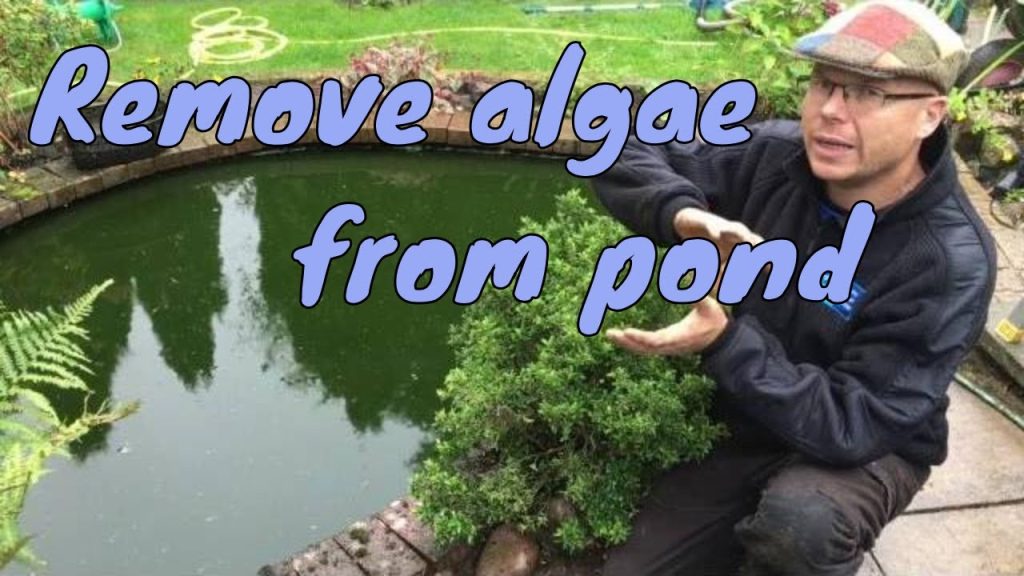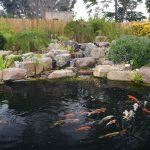Algae growth in ponds can be a common and frustrating issue for many pond owners. Not only does algae make the water look unsightly, but it can also negatively impact the overall health of the pond ecosystem. Fortunately, there are several effective methods you can use to eliminate algae in a pond and restore its beauty. In this guide, we will explore some practical and eco-friendly ways to tackle algae problems in your pond.
1. Proper Water Circulation
One of the key factors that contribute to algae growth in ponds is stagnant water. Lack of proper water circulation can create an ideal environment for algae to thrive. Installing a pond pump or fountain can help improve water circulation, preventing algae from settling and multiplying.
2. Balance the Pond Ecosystem
Creating a balanced ecosystem in your pond can help control algae growth naturally. Introducing aquatic plants like water lilies and submerged oxygenators can compete with algae for nutrients, limiting their growth. Additionally, adding beneficial bacteria can help break down organic matter that algae feed on.
3. Provide Adequate Shade
Excessive sunlight can trigger algae blooms in ponds. Providing adequate shade by strategically placing floating plants or installing a shade sail can help reduce sunlight exposure, limiting algae growth. Natural shade also helps keep the water temperature cooler, creating a less favorable environment for algae.
4. Regular Maintenance
Regular maintenance is essential for keeping algae under control in a pond. Remove any debris such as leaves and twigs that can contribute to nutrient buildup. Consider skimming the surface of the water to remove floating algae and prevent them from spreading further.

Credit: www.wikihow.com
5. Use Algae Control Products
If algae growth is persistent, consider using algae control products specifically designed for ponds. These products, such as algaecides or barley straw, can help combat algae outbreaks effectively. However, it is essential to use these products cautiously and follow the instructions to avoid harming other aquatic life in the pond.
6. Implement Aeration
Aeration systems can help increase oxygen levels in the water, which is beneficial for maintaining a healthy pond ecosystem. Adequate oxygen levels can promote the growth of beneficial bacteria that compete with algae for nutrients, helping to keep algae in check.
7. Consider Biological Control Methods
Biological control methods, such as introducing algae-eating fish like koi or goldfish, can be an effective way to manage algae growth in ponds. These fish feed on algae, helping to naturally control their population. However, be mindful of not overstocking the pond, as it can lead to other issues.
8. Monitor Water Quality
Regularly testing the water quality of your pond can help you identify any imbalances that may be contributing to algae growth. Factors such as pH levels, nutrient levels, and dissolved oxygen content can impact algae growth. Adjusting these parameters as needed can help create a less hospitable environment for algae.
9. Consider Natural Remedies
Some natural remedies can help combat algae growth in ponds. For example, adding a bale of barley straw to the pond can release compounds that inhibit algae growth. Additionally, using beneficial microbes can help break down organic matter and reduce nutrient levels that fuel algae blooms.
10. Seek Professional Advice
If algae problems persist despite your best efforts, consider seeking advice from a professional pond maintenance service. An experienced professional can assess the specific issues affecting your pond and provide tailored solutions to eliminate algae and restore the health of your pond ecosystem.

Credit: www.thepondguy.com
Conclusion
Dealing with algae in a pond can be a challenging task, but with the right strategies and consistent maintenance, you can effectively control algae growth and enjoy a clear and healthy pond. By implementing proper water circulation, balancing the pond ecosystem, providing shade, and using natural remedies, you can create an environment that is less conducive to algae growth. Remember to monitor water quality regularly and seek professional advice if needed to address persistent algae problems. With patience and dedication, you can eliminate algae in your pond and maintain a beautiful aquatic environment for years to come.





